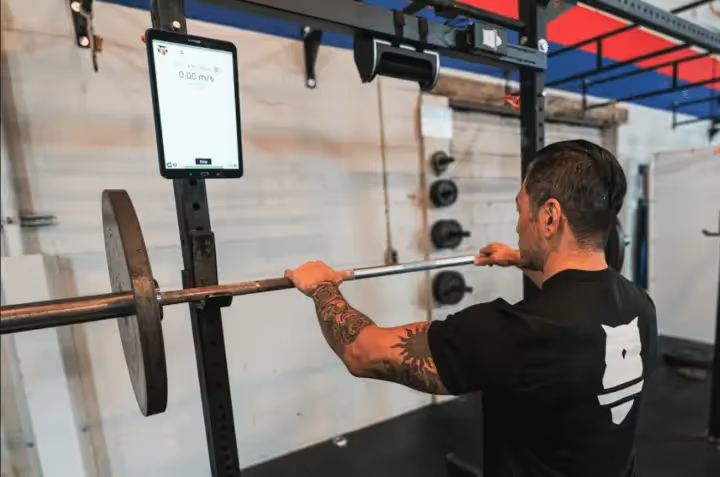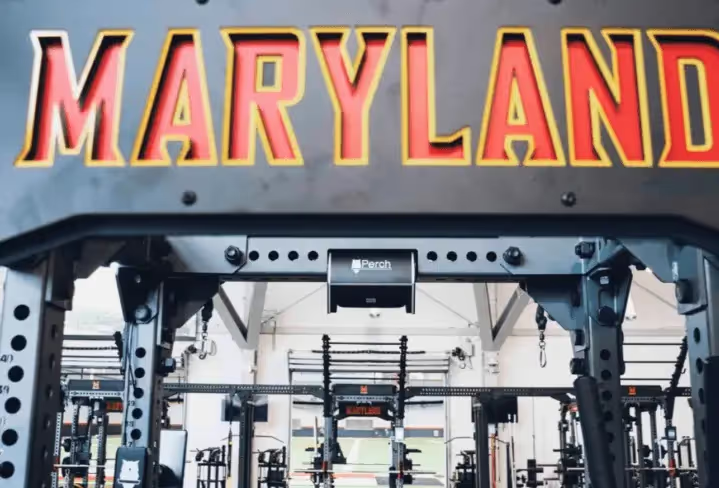The Importance of Load Velocity Profiles

Load velocity profiles refer to the relationship between the load lifted and the velocity at which it is lifted during strength training. This relationship is an important consideration for strength coaches and athletes as it can impact the effectiveness of training and injury risk. Here we will explore load velocity profiles in strength training in more detail.
The load-velocity relationship can be described as an inverse relationship where heavier loads are lifted at slower velocities, and lighter loads are lifted at faster velocities. This relationship has been well-documented in the literature, and it is a fundamental principle in strength training. The load-velocity profile is typically graphed as a curve, with load on the x-axis and velocity on the y-axis.
Benefits of the Load Velocity Relationship?
The load-velocity relationship is an important consideration for strength coaches when designing strength training programs for their athletes. In general, heavier loads are used to develop maximal strength, while lighter loads are used to develop power and speed. As such, the load-velocity profile can be used to determine the appropriate loads to use for different training goals. For example, if an athlete is looking to increase their maximal strength, the load-velocity profile can be used to determine the appropriate loads to use during training.
A common use of testing the load velocity relationship is to identify areas of an athlete's performance that can be improved. For example, if an athlete is not generating enough force during a certain movement, load velocity profiling can identify this issue and help the athlete work on improving their technique. And conversely if they are moving a lot of weight but slowly, we know we need to work on getting them faster.
Another use of load velocity profiling is to prevent injury. By monitoring the force and velocity of an athlete's movements during a game or practice, coaches and trainers can identify movements that put the athlete at risk for injury. They can then work with the athlete to modify their technique or reduce the amount of force they use during these movements.
Finally, load velocity profiling can be used to optimize an athlete's performance. By identifying the movements that generate the most force and velocity, coaches and trainers can create training programs that focus on these movements. This can help the athlete improve their performance in these areas and ultimately improve their overall performance on the field.
Monitoring Progress with the Load Velocity Profile
In addition to determining appropriate loads, the load-velocity profile can also be used to monitor an athlete's progress. By tracking changes in the load-velocity profile over time, strength coaches can determine if an athlete is making progress in their training. If an athlete is able to lift heavier loads at the same velocity or the same load at a faster velocity, it is an indication that they are getting stronger.
Another important consideration in load-velocity profiles is the shape of the curve. The shape of the curve can vary depending on the exercise, the muscle group being trained, and the individual. For example, the load-velocity curve for a squat may look different than the load-velocity curve for a bench press. Similarly, the load-velocity curve for the quadriceps may look different than the load-velocity curve for the hamstrings.
Variations in the Load Velocity Relationship
The shape of the load-velocity curve can also vary depending on the individual. Let's say Velocity is on the Y Axis and Load is on the X Axis. Some individuals may have a steep load-velocity curve, which means that they are able to lift lighter loads at faster velocities, but they reach their max load relatively quickly. This is a classic fast-but-not-strong profile. Other individuals may have a more gradual load-velocity curve, which means that they are able to lift much heavier loads at slower velocities. This is a classic strong-but-not-fast profile.
The shape of the load-velocity curve can have implications for training. For example, an individual with a steep load-velocity curve may benefit from training with heavier loads to develop maximal strength, while an individual with a more gradual load-velocity curve may benefit from training with lighter loads to develop power and speed. In both cases there are velocity zones specific to those desired adaptations.
It is important to note that the load-velocity profile is not a one-size-fits-all approach to strength training. While the load-velocity profile is a useful tool for determining appropriate loads and monitoring progress, it is important to consider individual factors such as training experience, injury history, and current physical condition.
Measuring the Load Velocity Profile
There are a number of different ways to measure a load velocity profile. This can be done over time organically as athletes lift various loads at various velocities. If you have a VBT tool like Perch that can longitudinally store this information, you’ll be able to paint a picture of if the athlete is well balanced, load deficient, or velocity deficient.
The other way to measure the load velocity profile is through a traditional assessment. This typically consists of lifting loads for multiple reps at a range of 30-85% 1RM (as an example, 3 reps at 35%, 2 reps at 45%, 2 reps at 65%, 1 rep at 75%, and 1 rep at 85%). The resulting velocities can be plotted on a graph and the resulting linear regression will inform the curve of their load velocity profile. The entire assessment takes about 10 minutes to complete and can give you a really good understanding of athlete performance. It will also help inform the best way to individualize the program to the athlete.
Conclusion
In conclusion, load-velocity profiles are an important consideration in strength training. The relationship between load and velocity can be used to determine appropriate loads for different training goals and monitor an athlete's progress. The shape of the load-velocity curve can vary depending on the exercise and the individual, and can have implications for training. However, it is important to consider individual factors when using the load-velocity profile as a tool in strength training.
Read more about Perch here! And check out Product Videos here. And our support website here.
Back to basics? Review the origins of VBT and Strength Training!
Sources
1. Cormack, S. J., & Newton, R. U. (2008). The use of mechanical devices for measuring power output in sport: A critic’s view. Journal of Strength and Conditioning Research, 22(5), 1679–1688.
2. Haff, G. G., & Triplett, N. T. (2016). Essentials of strength training and conditioning. Human Kinetics.

Start Gathering Data With Perch Today!
Reach out to us to speak with a representative and get started using Perch in your facility.

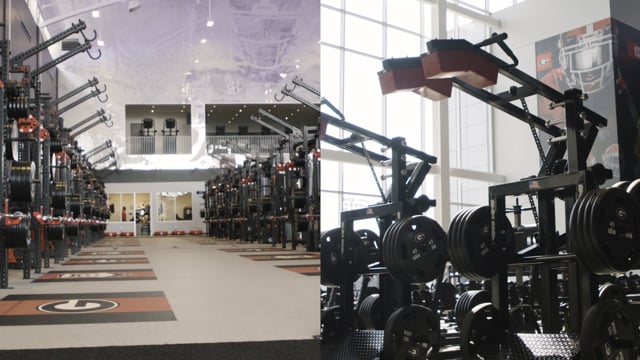
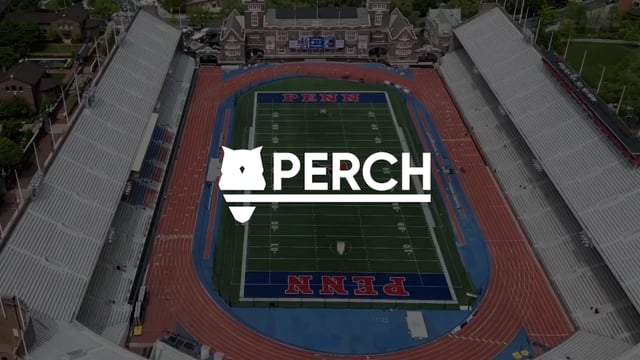






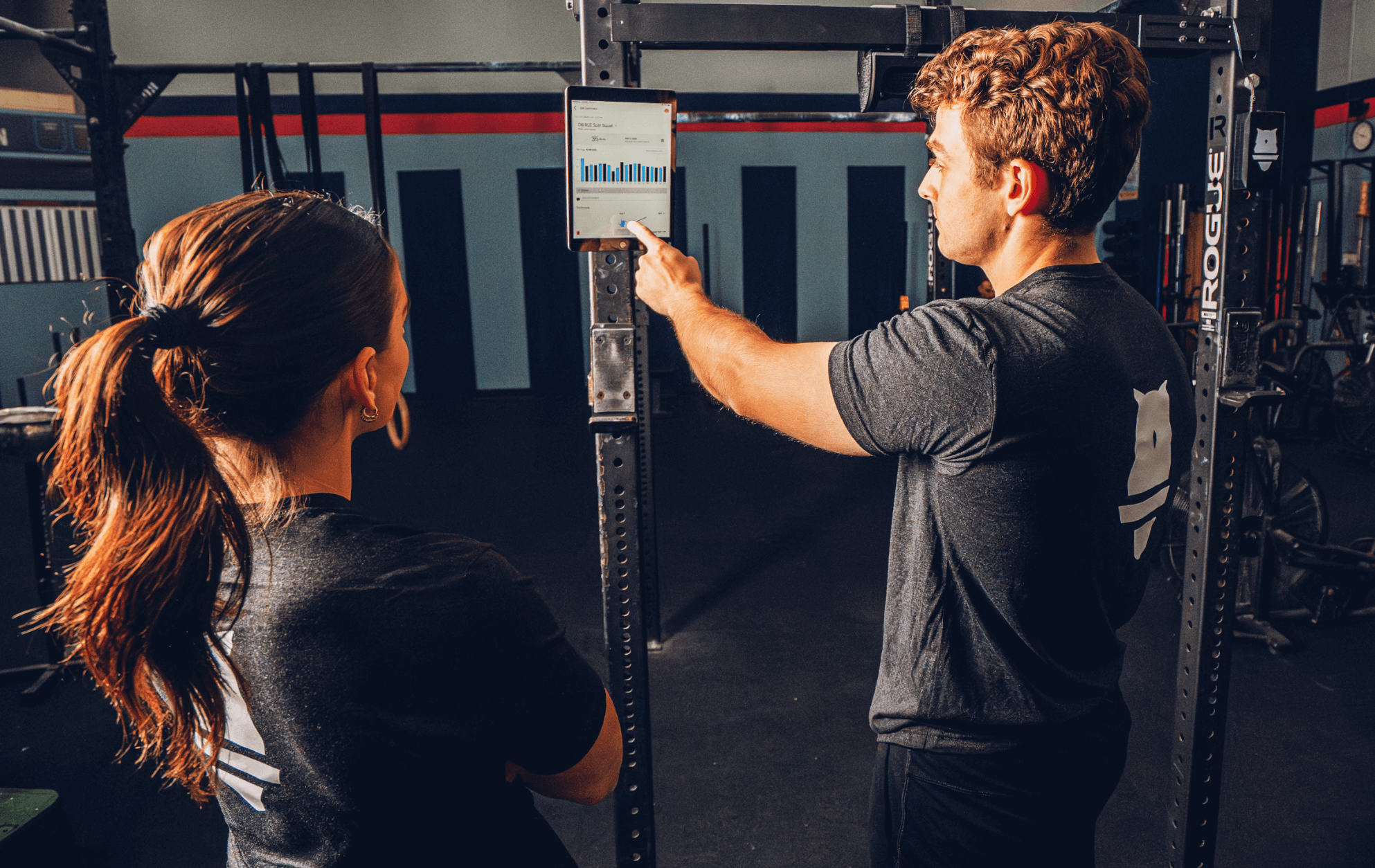

































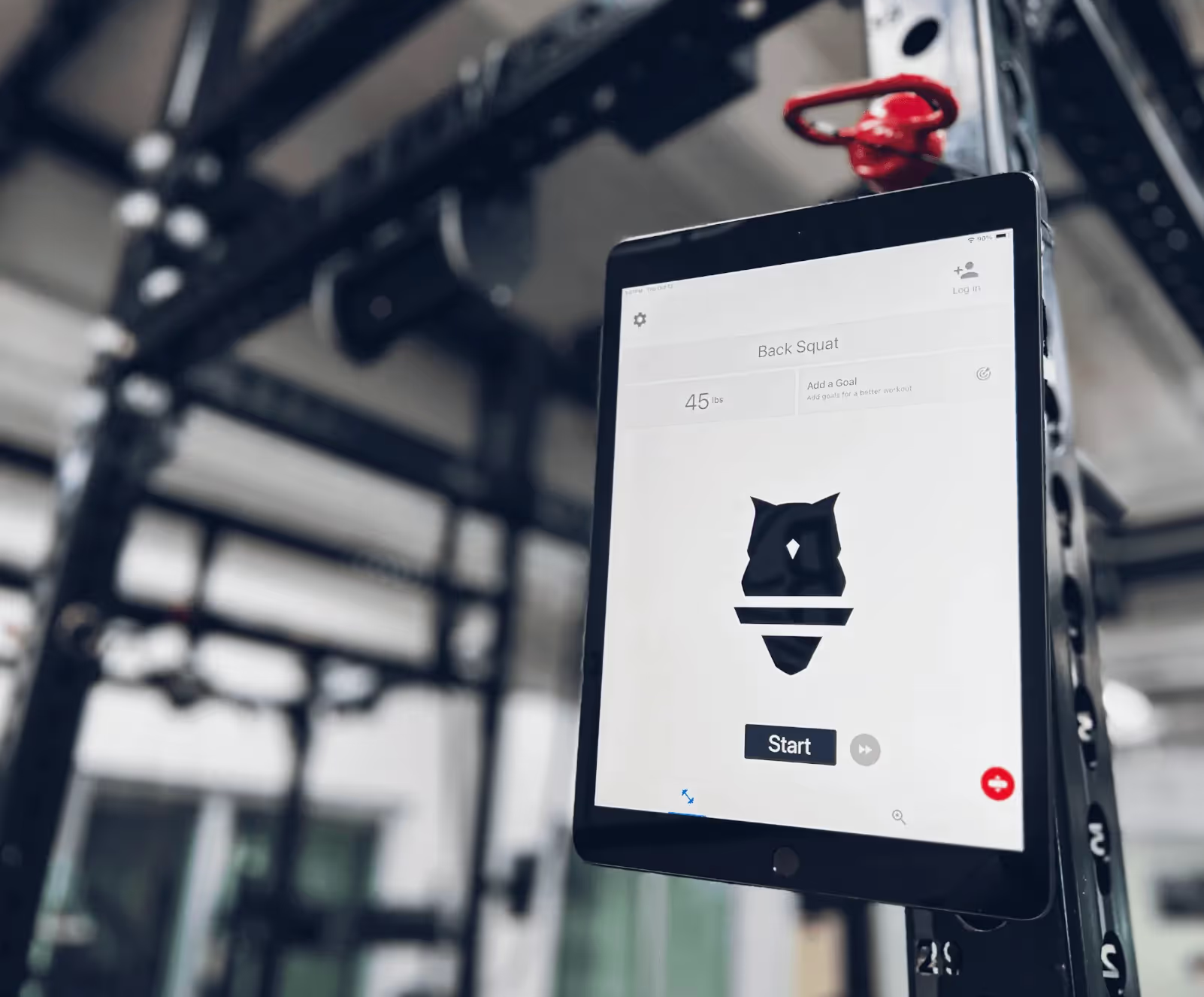



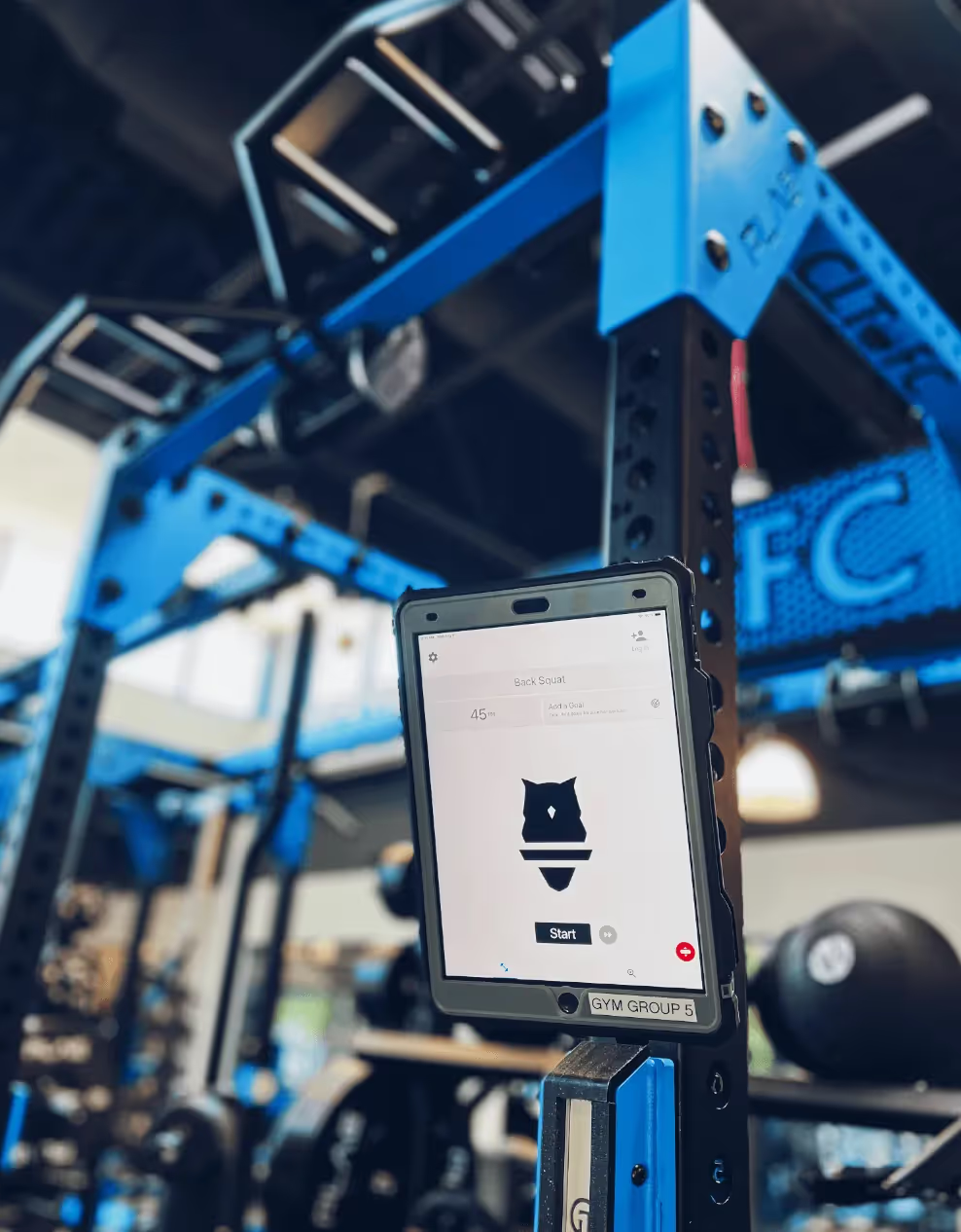
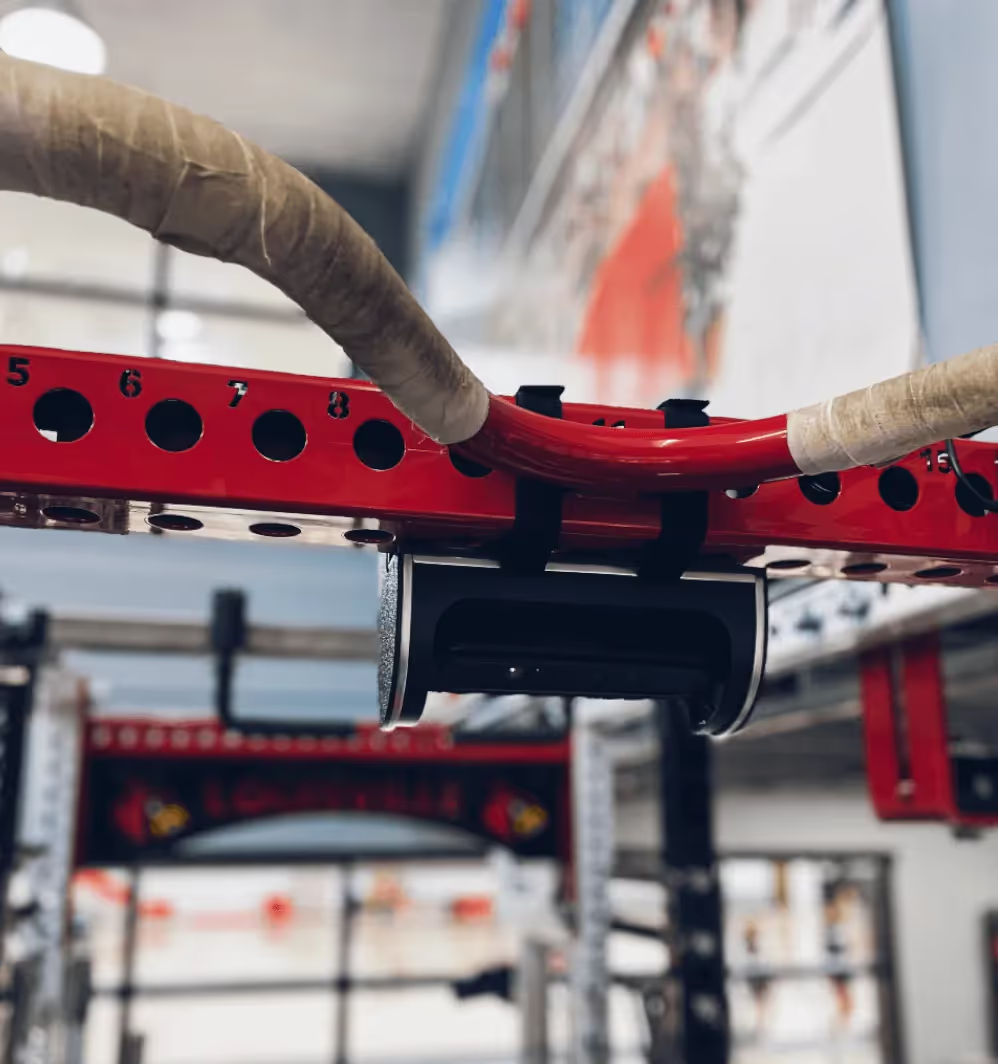














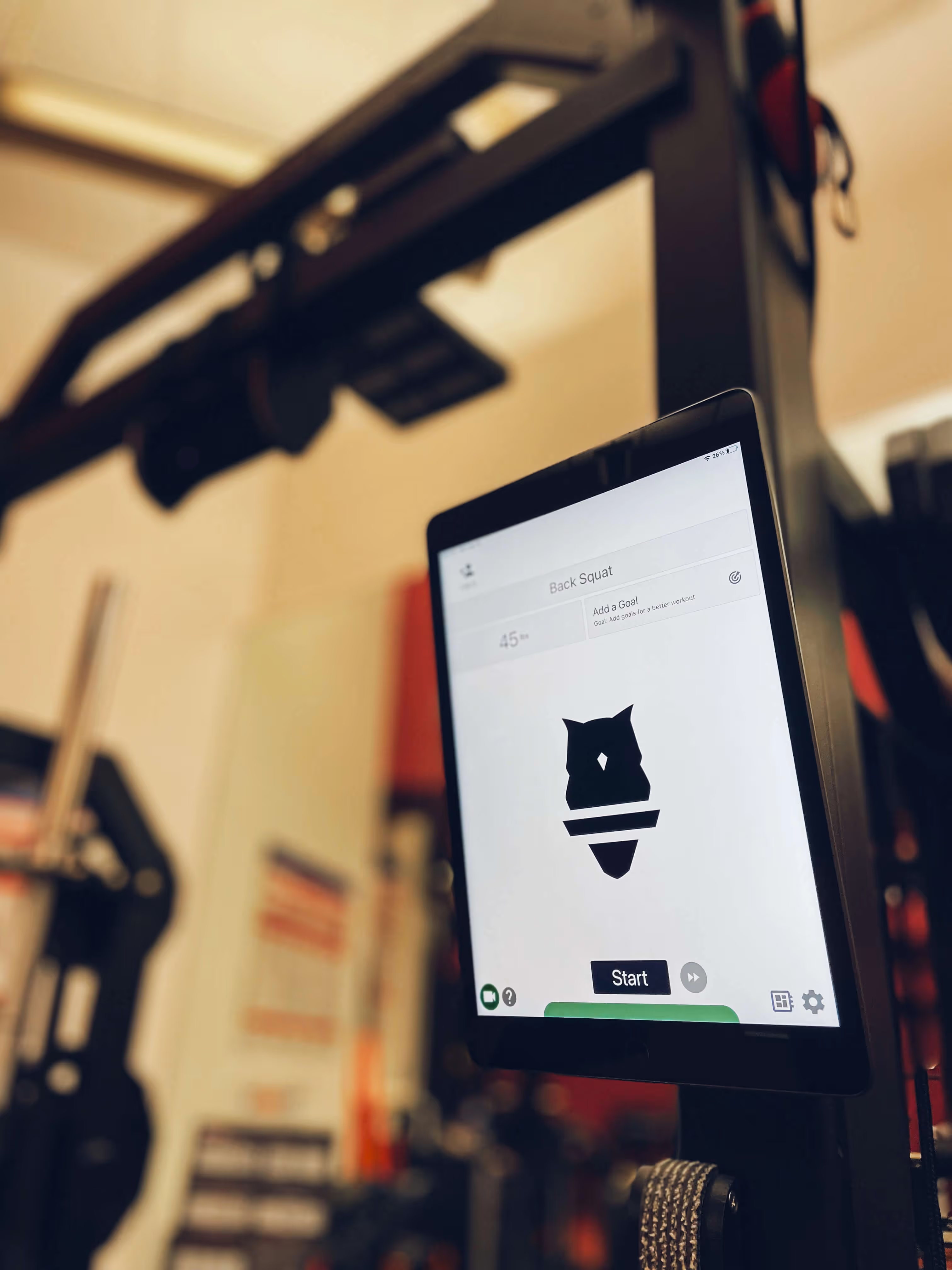








.avif)






